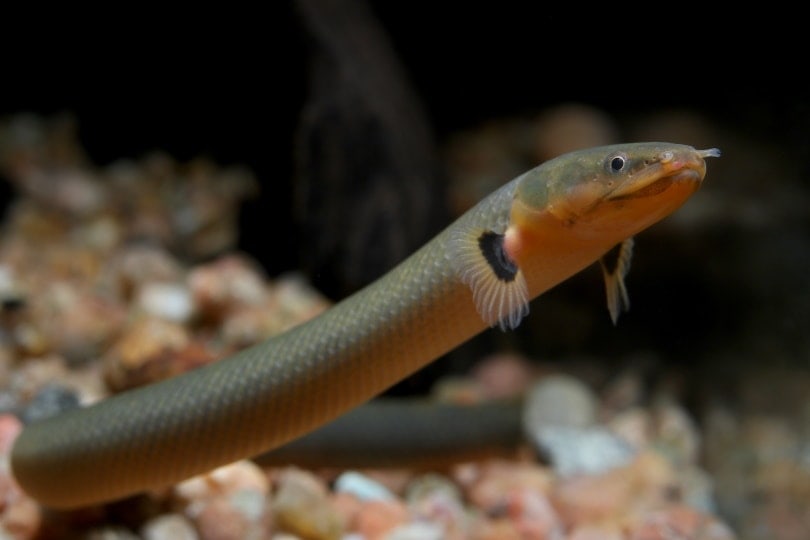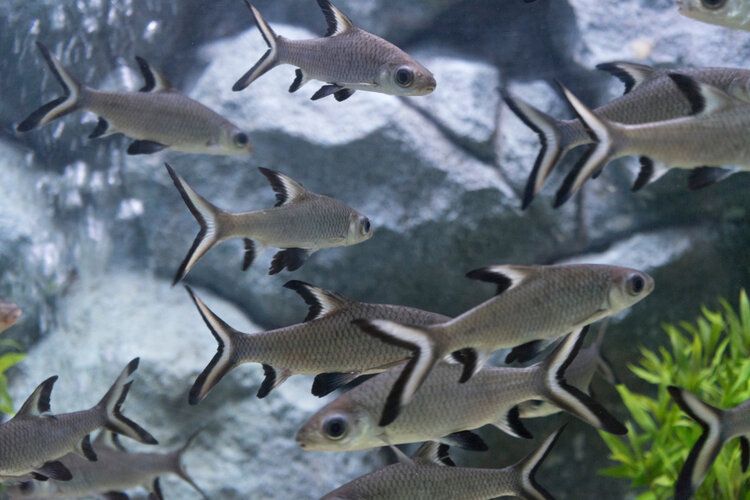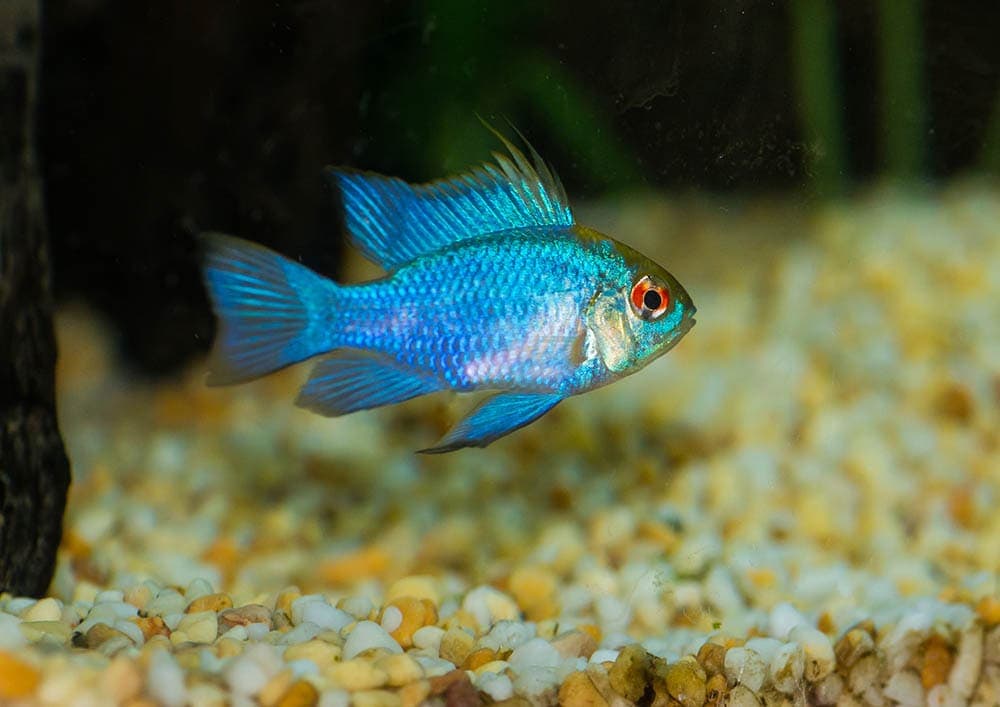How To Check Water Quality In Fish Tank: Tips & Factors

Updated on
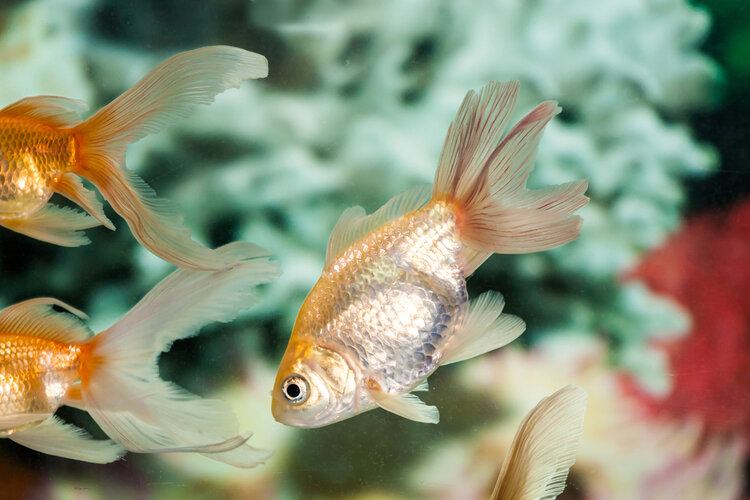
The water quality of your fish tank needs to be top-notch for fish to survive and thrive. Yes, some fish don’t need the water quality to be as high as some other fish require. However, generally speaking, fish need clean, clear, and high-quality water to be truly happy and healthy.
What many people do not know how to do is how to check the water quality in a fish tank. Well, it is not that hard to do, you will need a specific test kit depending on what you are checking. So let’s get to it and talk about how to check the water quality and what you need to check for.
Checking For Ammonia
Besides things like cyanide, ammonia is one of the very worst things that could be present in your aquarium. Ammonia is created and released by fish waste. Even the smallest amounts of ammonia can be downright deadly to your fish. This is why you need to make sure that there is no ammonia present in the water.
High levels of ammonia can occur if you have too many fish in the tank, if your filter is not working properly, or if you do not change the water enough. You can get a test kit for ammonia in any fish or pet store.
Simply follow the instructions on the packaging to test for ammonia. If there is any ammonia in the water, you will need to take the proper steps to correct the issue. You can change the water to get rid of ammonia, you can vacuum the substrate and get rid of fish waste, and you can clean the filter to make sure that it is working at full capacity. To get rid of ammonia, you need a good mechanical and biological filter.
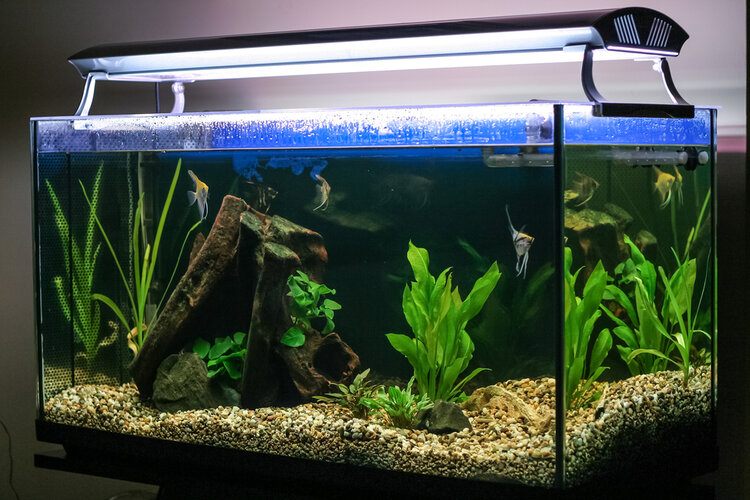
Checking For Nitrites & Nitrates
Nitrites are another thing that can be present in the water and is almost as deadly as ammonia. Nitrites can occur in large quantities due to the nitrogen cycle. When bacteria break down ammonia, they convert it into nitrites. These nitrates, if not properly disposed of can wreak havoc on a fish tank. Nitrite spikes often occur in a new tank that has not been properly cycled. The right plants can help reducing nitrites in your tank.
Therefore, to avoid nitrite spikes, you need to properly cycle the tank before adding fish to it. Also, to make sure that the nitrites are disposed of quickly, you need to make sure that your biological filter is working right.
This brings us to the next substance, which is nitrate. Nitrates are created when bacteria break down nitrites. While nitrates are not as bad for your fish as nitrites, they can still do a whole lot of damage. A good biological filter can cut down on nitrates, the only way to get rid of it quickly is by doing a water change.
Just like with ammonia, you can get special test kits for both nitrite and nitrate. Simply follow the directions on the test package to see what the nitrate and nitrite levels in the water are like.
If you are new to fishkeeping or simply confused about nitrites vs nitrates and everything in between, you should check out our best-selling book, The Truth About Goldfish. It covers everything from water treatments to aeration, proper tank setup, and so much more!
Checking For Phosphate
Just like ammonia, nitrite, and nitrate, you can get special test strips that will tell you how much phosphate is in the water. Now, it can be hard to tell whether or not phosphate poisoning is the cause of your fish’s illness, so checking for it is one of the only ways to tell.
However, phosphate is known to cause algae to grow in abundance. If you have algae problems in your fish tank, it could be due to an underlying phosphate issue. Dry fish foods, especially low-quality ones that are high in phosphate, especially when they go uneaten, are a big cause of increased phosphate levels in aquarium water.
The best solution is to buy good fish food with low phosphate levels, make sure not to overfeed your fish, and make sure that your mechanical filter is working right.
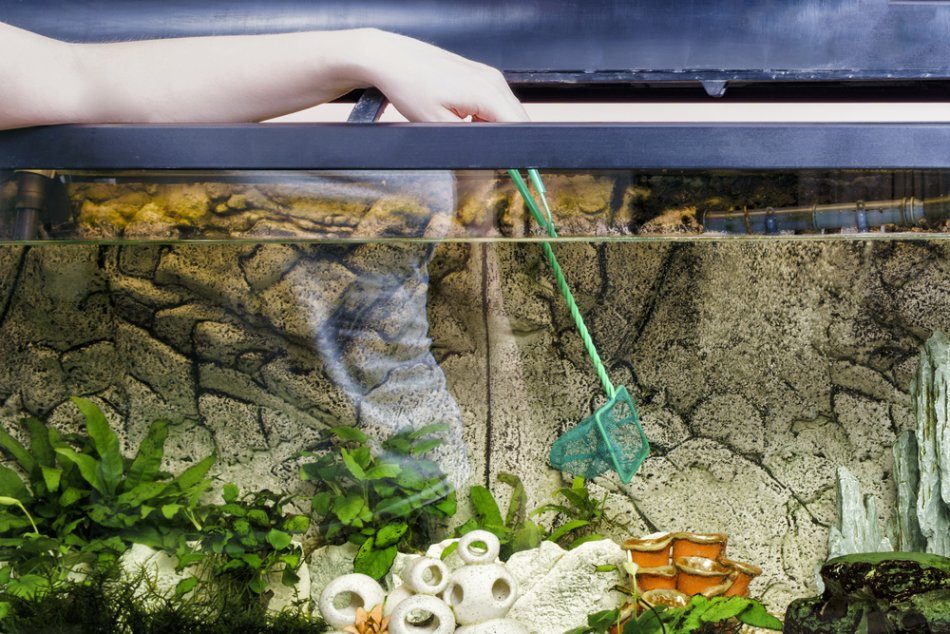
Checking For pH
Now, pH might not exactly fall under the category of water quality, but it does have to do with the parameters needed to support life in the tank. Generally speaking, most fish require the pH to be a little acidic, with some liking basic water more.
However, it is safe to assume that the majority of fish out there require a pH level between 6.5 and 7.5. Checking for the pH level is easy. Simply get some pH test strips, dunk them in the water, and compare the resulting color with the color chart included in the test kit. You can also use an electronic tester, but these tend to be fairly expensive.
Many things can contribute to pH changes such as plants, dying plants, an excess amount of fish, uneaten food, new substrate, and a filter that is not working properly. You should check for the pH level regularly, especially if your fish seem ill.
There are specialty water conditioners that you can use to change the pH level of the fish tank. Just be sure to follow the directions to a tee, because changing the pH level by as little as 0.2 in a short period can spell disaster for your fish.
On that same note, you will also want to check for water hardness. Fish need a specific hardness of the water to survive, plus the water hardness can directly affect the pH level too. Once again, this can be done with a simple test kit.
The Filter
Many people do not talk about this, but examining your filter is a good way to test the water quality in your aquarium. Now, you won’t be able to get exact numbers doing this, but you can tell approximately if the water quality is good or bad. Simply put, if your filter is working overtime, gets clogged a lot, and needs more media cleaning and changes than it should, you probably have a bad water quality situation.
If the mechanical filters should only need to be replaced once per month, but you are doing so once per week, it is a good indication that you have poor water quality.
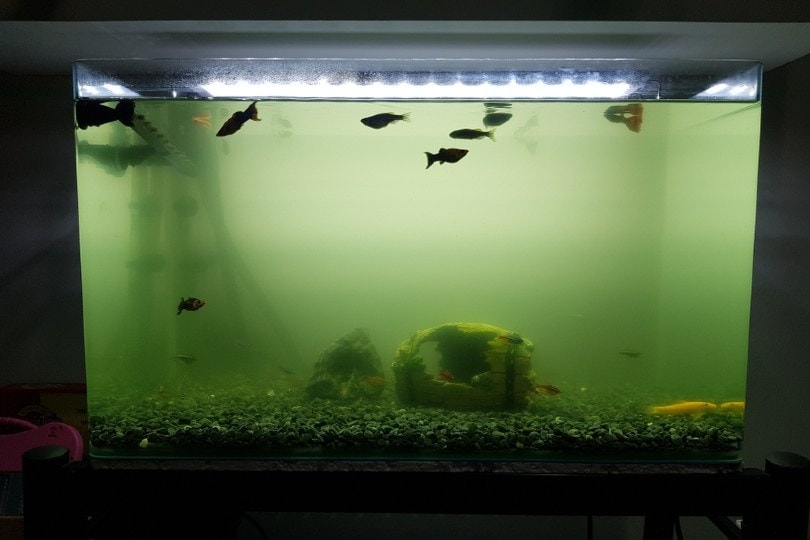
Conclusion
The bottom line is that checking the water quality in your fish tank is as easy as buying a test kit. No, you do not even have to buy separate kits if you do not want to. For a little extra money, you can go out and buy an all-in-one test kit that will probe for all of those factors and substances which we have talked about above.
See Also:
- 10 Best Aquarium Plants To Reduce Nitrates – Reviews & Top Picks
- Why Does My Fish Tank Smell? 7 Common Reasons Explained
Feature Image Credit: RobinsonThomas, Shutterstock



